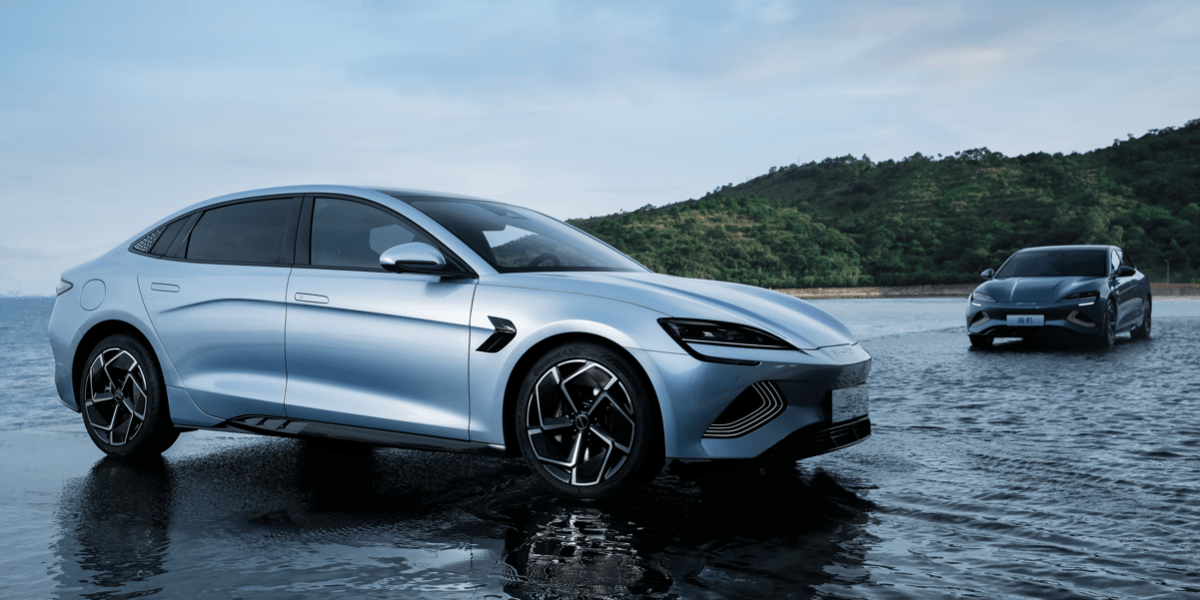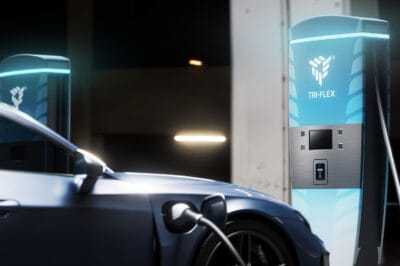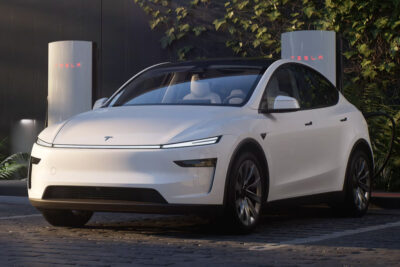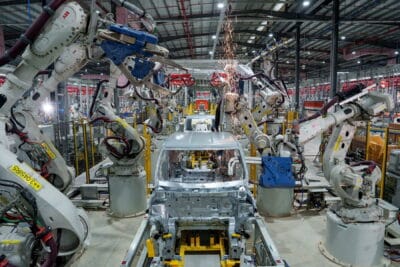China’s NEV sales drop over January
The year is also off to a weak start in China, where around 408,000 new energy vehicles (NEVs) were sold in January 2023, almost 50 per cent fewer than in December 2022 and 6.3 per cent fewer than in the same month last year. This is according to data from the China Association of Automobile Manufacturers (CAAM).
NEVs accounted for 24.7 per cent of all car sales in China in January, down 7.1 percentage points from December’s 31.8 per cent share. For its part, the overall vehicle market recorded a 35 per cent dip with 1.65 million sales across all powertrain types – compared to December 2022 and also compared to the same month last year. As a result, sales of NEV vehicles have halved within one month. From more than 800,000 in December 2022 to just over 400,000 in January 2022. CAAM attributes the subdued demand primarily to the elimination of subsidies as well as significant market price fluctuations. More on this later.
The CAAM data refers to wholesale sales by car manufacturers, with NEVs including battery electric vehicles (BEV), plug-in hybrids (PHEV) and fuel cell vehicles (FCEV) as usual. CAAM statistics for January split these categories again, with 287,000 BEV sales (down 18.2 per cent from January 2022) compared to 124,000 PHEV sales (up 42.5 per cent) and 200 FCEV sales (down 15.6 per cent).
20 per cent of the NEVs sold in January were exported, so about 83,000 of the 408,000 vehicles mentioned. This absolute export figure represents an increase of 48 per cent compared to the same month last year and is on the same level (+ 1.1 per cent) as in December 2022. Exports are therefore not affected by the domestic sales dip.
Let us look at the sales figures of the individual manufacturers known to date. As in the analysis of 2022 total NEV sales, BYD, Tesla and GAC Aion form the leading trio. BYD sold 151,341 NEVs. As the OEM manufactures both passenger cars and commercial vehicles, it should be added that 150,164 were NEV passenger cars – again including 71,338 BEVs and 78,826 PHEVs. After ten months of steady NEV sales growth, this marks the first bend in the statistics curve for BYD. While the manufacturer recorded a 62 per cent increase compared to January 2022, it recorded a 36 per cent decrease compared to December 2022 (235,197 NEV units sold). This drop is reflected almost identically in BEV and PHEV sales (35 and 36 per cent respectively).
For Tesla, 66,051 BEVs were manufactured in Shanghai and subsequently sold in January. 39,208 of these were exported, so almost 60 per cent. In terms of domestic sales, this means an increase of 39 per cent compared to the same month last year and, following the general trend, a decrease of 36 per cent compared to the previous month. Exports are up a good 180 per cent in January compared to December 2022, owing to Tesla’s wildly fluctuating export numbers.
In the same period, GAC Aion sold only 10,206 BEVs, posting a particularly large drop compared to other NEV manufacturers in China: -36 per cent compared to January 2022 and -66 per cent compared to December 2022.
The other manufacturers in the statistics ranking are Nio (8,506 BEVs, -12 per cent YoY, -46 per cent vs. December 2022), Neta (6,016 BEVs, -45 per cent YoY, -23 per cent vs. December), Xpeng (5,218 BEVs, -60 per cent YoY, -54 per cent y-o-y), Zeekr (3,116 BEVs, -12 per cent YoY, -73 per cent y-o-y) and Leapmotor (1,139 BEVs, -85.91 per cent YoY, -86.59 per cent y-o-y).
In addition to sales, Chinese NEV production also recorded double-digit declines in January, according to CAAM. It said 425,000 units were produced on Chinese soil last month, down 6.9 per cent YoY and 46.6 per cent YoY from December. The association cites the Chinese New Year, which is celebrated in January, and the fact that many Chinese still rushed to make their vehicle purchases in the old year as reasons. The background to this is the expiry of subsidies.
In addition, CAAM believes that the current “volatile market prices” are causing restraint. As is well known, Tesla initiated a wave of price cuts in January. In China, Toyota and Xpeng, among others, have responded in the meantime. It will be interesting to see whether Tesla’s new competitive prices are reflected in the coming monthly overviews.
However, the removal of the government subsidy as a purchase premium for NEVs, which according to CAAM’s explanations actually took place at the turn of the year, is likely to have an even greater impact. This premium has been reduced again and again, which in some cases has had huge consequences in terms of demand – for instance in mid-2019. Originally, the subsidy was to expire at the end of 2020, but was extended until the end of 2022 as part of the Chinese government’s Corona stimulus package.
The exemption of NEVs from purchase tax, on the other hand, will continue in 2023. “New Energy Vehicles with a purchase date between 1 January 2023 and 31 December 2023 will be exempt from vehicle purchase tax,” it officially stated in September. Compared to a similarly priced combustion model, NEV customers save about 10,000 yuan or the equivalent of 1,450 euros. As before, however, not every NEV model is automatically exempt from the purchase tax: The models concerned must be listed in the regularly updated catalogue published by the Ministry of Industry and Information Technology (MIIT) and the State Administration of Taxation.
With reporting by Cora Werwitzke, France.
cnevpost.com, cnevpost.com (BYD), cnevpost.com (Tesla), cnevpost.com (GAC Aion), nio.com, cnevpost.com (Neta), ir.xiaopeng.com, cnevpost.com (Zeekr), cnevpost.com (Leapmotor)





0 Comments